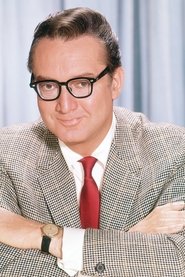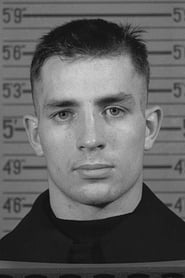
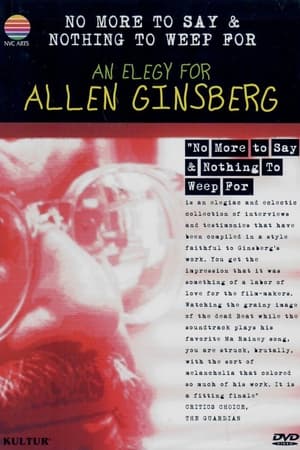
No More to Say & Nothing to Weep For: An Elegy for Allen Ginsberg(1997)
Witness the last days of the Beat poet whose works would capture the very essence of the 1960 counter-cultural movement in an informative documentary featuring Allan Ginsburg's final television interview as well as remarkable deathbed footage shot by underground cinema icon Jonas Mekas.
Movie: No More to Say & Nothing to Weep For: An Elegy for Allen Ginsberg
Top 4 Billed Cast
Self

No More to Say & Nothing to Weep For: An Elegy for Allen Ginsberg
HomePage
Overview
Witness the last days of the Beat poet whose works would capture the very essence of the 1960 counter-cultural movement in an informative documentary featuring Allan Ginsburg's final television interview as well as remarkable deathbed footage shot by underground cinema icon Jonas Mekas.
Release Date
1997-11-21
Average
1
Rating:
0.5 startsTagline
Genres
Languages:
EnglishKeywords
Similar Movies
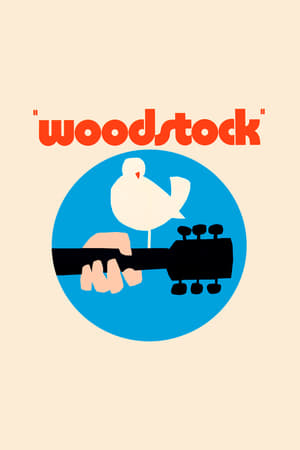 7.5
7.5Woodstock(en)
An intimate look at the Woodstock Music & Art Festival held in Bethel, NY in 1969, from preparation through cleanup, with historic access to insiders, blistering concert footage, and portraits of the concertgoers; negative and positive aspects are shown, from drug use by performers to naked fans sliding in the mud, from the collapse of the fences by the unexpected hordes to the surreal arrival of National Guard helicopters with food and medical assistance for the impromptu city of 500,000.
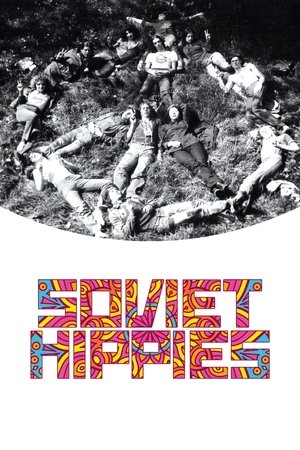 4.8
4.8Soviet Hippies(et)
The hippie movement that captivated hundreds of thousands of young people in the West had a profound impact on the other side of the Iron Curtain. Within the Soviet system, a colorful crowd of artists, musicians, freaks, vagabonds and other long-haired drop-outs created their own system, which connected those who believed in peace, love, and freedom for their bodies and souls. More than 40 years later, a group of eccentric hippies from Estonia take a road trip to Moscow where the hippies still gather annually on the 1st of June for celebration that is related to the tragic event in 1971, when thousands of Soviet hippies were arrested by the KGB. The journey through time and dimensions goes deep into the psychedelic underground world in which these people strived for freedom.
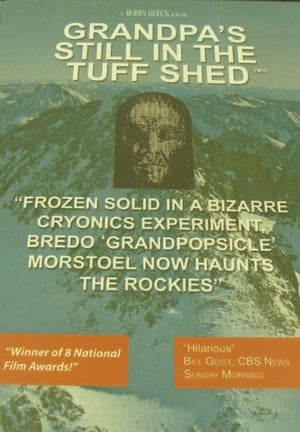 0.0
0.0Grandpa's Still in the Tuff Shed(en)
Award winning documentary filmmakers, Robin, Kathy and Shelly Beeck, with the help of filmmaker Michael Moore, have spent the last five years filming a 60-minute feature-length documentary on Bredo Morstoel, a Norweigan who was frozen by his grandson in 1983. Since then, the world famous...well...stiff has been lying under 800 pounds of dry ice in a TUFF SHED behind his grandsons' castle-like house in the 9000-ft Colorado ski town of Nederland. The grandson, Trygve Bauge, has long since been deported back to Norway, but Grandpa Bredo has remained, unwittingly becoming a worldwide symbol of the legal rights of the temporarily dead....
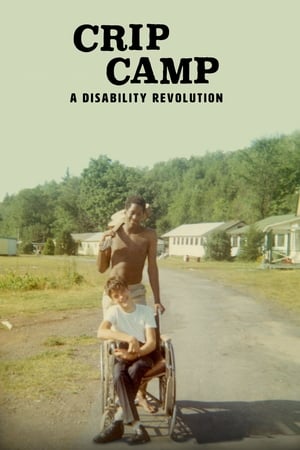 7.2
7.2Crip Camp: A Disability Revolution(en)
Down the road from Woodstock in the early 1970s, a revolution blossomed in a ramshackle summer camp for disabled teenagers, transforming their young lives and igniting a landmark movement.
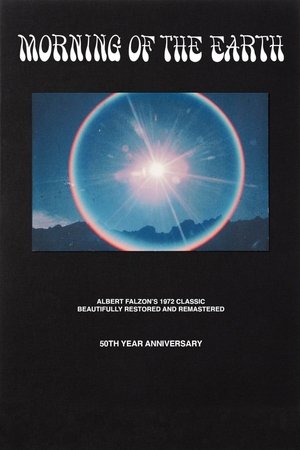 6.1
6.1Morning of the Earth(en)
In the early ‘70s, founding member of Australian surf magazine Tracks, Albert Falzon, began filming off the North Coast of New South Wales, Hawaii, and Indonesia. He set out to make a film “that was a reflection of the spirit of surfing at the time” and the end result, Morning of the Earth, proved its worth as a vital document of surf culture and a powerful nature film.
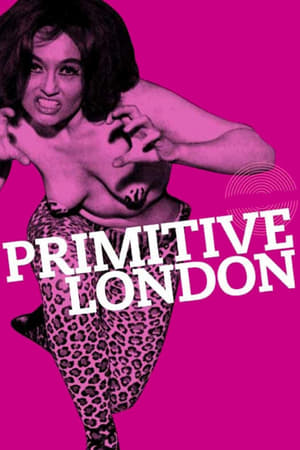 5.8
5.8Primitive London(en)
The sensational follow-up to "London in the Raw," "Primitive London" sets out to reflect society's decay through a sideshow spectacle of 1960s London depravity—and manages to outdo its predecessor. Here, we confront mods, rockers and beatniks at the Ace Café, cut some rug with obscure beat band The Zephyrs, smirk at flabby men in the sauna and goggle at sordid wife-swapping parties as we discover a pre-permissive Britain still trying to move on from the post-war depression of the 1950s.
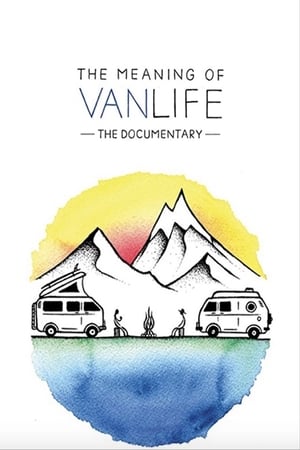 5.5
5.5The Meaning of Vanlife(en)
The Meaning of Vanlife is an adventurous, revealing look into the Vanlife community through the eyes of nomads who have chosen to live a life of freedom on the road. A movement that exemplifies a deeper societal trend towards minimalism and authentic community building.
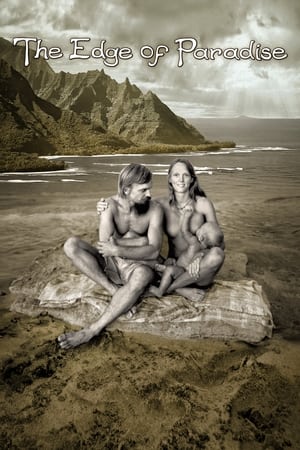 0.0
0.0The Edge of Paradise(en)
Howard Taylor, brother of actress Elizabeth, bails out a rag-tag band of young Mainlanders jailed for vagrancy and invites them to live on his oceanfront land. Soon, waves of hippies, surfers, and troubled Vietnam vets find their way to this clothing-optional, pot-friendly, tree house village at the end of the road on Kauai's North Shore-the ultimate hippie fantasy.
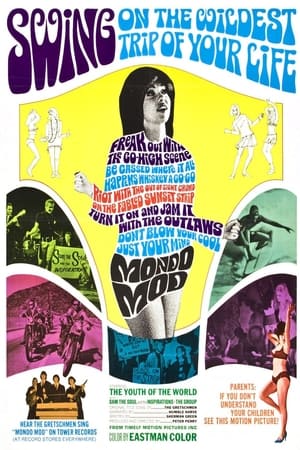 2.5
2.5Mondo Mod(en)
A look at the "mod" culture of the, visiting the Sunset Strip in West Hollywood, going from discotheques to dirt bike competitions, surfing, karate, go-carting, political protests and pot parties.
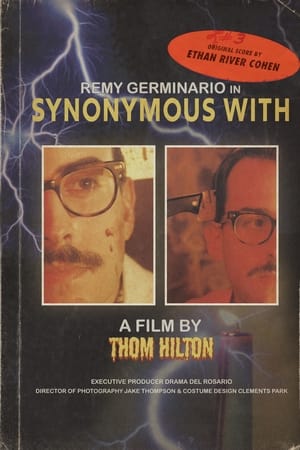 0.0
0.0Synonymous With(en)
A student's increasingly intimate line of questioning causes his interview with a local horror host to take a vulnerable turn.
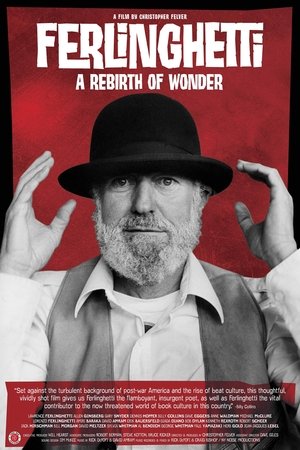 5.0
5.0Ferlinghetti: A Rebirth of Wonder(en)
The poet and painter, Lawrence Ferlinghetti, is among the world's living monuments to arts and letters. For well over a half century, Ferlinghetti helped shape the currents of poetry and literature with his forceful engagement with society and an ideological position that often found him at odds with the political currents of his day. Ferlinghetti's quiet, behind the scenes demeanor and disarming mien may have assuaged, or even fooled, certain opponents, while in reality he was a literary mercenary, a rebel at the forefront of our own cultural revolution.
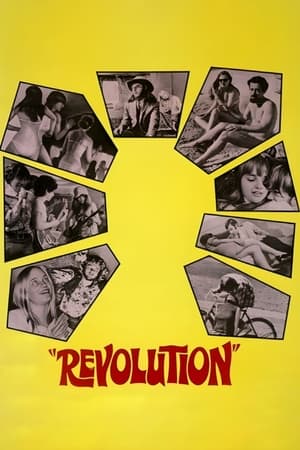 4.9
4.9Revolution(en)
The San Francisco scene in 1967-68. Documentary about hippies shot during the height of the movement . Viewpoints from many kinds of people. Music by Steve Miller Band, Mother Earth, Quicksilver Messenger Service and others.
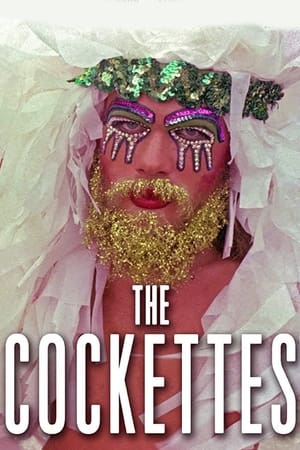 6.7
6.7The Cockettes(en)
Documentary about the gender-bending San Francisco performance group who became a pop culture phenomenon in the early 1970s.
Hot Tubs(en)
1973 was a turbulent time. The world was overcome with war and social change. Yet on Mountain Drive, deep in the hills of Santa Barbara, California- the good times were rollin'. The redwood tub was in and clothes were out. Author, publisher, Noel Young, was there to document it in Hot Tubs, the book that launched a movement. Come steam a while...dream a while- with the group that revolutionized the way we relax and gave birth to the modern day spa. This is the story of....Hot Tubs.
Mudflat(en)
Years ago, artists would walk around the muck at the edge of the San Francisco Bay in Emeryville, and build loads of sculptures out there on the flats, created from driftwood and found objects that drivers would enjoy as they motored south on the old Highway 17 (known in numerous radio ads as 'Highway 17, The Nimitz'). Grabbing material off someone else’s work was considered fair game and part of the fun, and contributed a kinetic dynamic to the ongoing display. Now the place is a park, and the sculptures are gone, but you can see what it used to be like in this neat and funny documentary by Ric Reynolds, augmented by Erich Seibert’s wonderful musique-concrète/time-lapse sequences. The flashback circus sequence includes Scott Beach and Bill Irwin. Sculptors interviewed include Walt Zucker, Tony Puccio, Robert Sommer, Ron & Mary Bradden, and Bob Kaminsky.
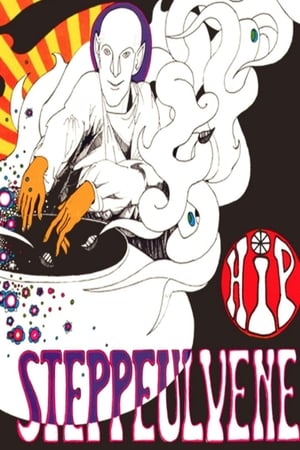 0.0
0.0Kun for forrykte: Eik Skaløe og Steppeulvene(da)
A film documenting the life and death of Eik Skaløe as a poet and singer for the danish band Steppeulvene. A symbol for the Danish hippie-movement.
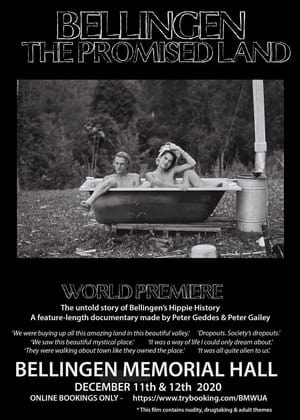 0.0
0.0BELLINGEN: The Promised Land(en)
By the 1970s the global counter-culture movement had well and truly reached Australia, seeing young, educated hippies from well-to-do families moving to the Bellingen region to live an alternate lifestyle. Back then, Bellingen was a rundown, quiet country town with business in decline. Then, new ideas, new ways of living and a new status quo began to take control. What some called an influx of hippies, others called an invasion on the conservative lifestyle of farmers, causing a clash of ideals. Compiling countless hours of 8mm footage and historical photos, retired journo Peter Geddes and filmmaker Peter Gailley paint the historical landscape of how modern Bellingen came to be, following the cultural movement that eventually became the backbone of Bellingen’s identity.
 0.0
0.0The Last Debate(en)
Abbie Hoffman and Jerry Rubin were both on the leading edge of protest in the 1960’s. Rubin became an entrepreneur and the chief spokesman for the Baby Boom generation. Hoffman remained active in environmental issues and grass roots politics, maintaining his anti-establishment stance until the end of his life. The 1986 debate featured in this one-hour video was the “final” debate for these two eloquent speakers, following 18 months of touring North America. Though many years had passed since their heyday as counterculture icons, thousands flocked to auditoriums to hear the opinions of Hoffman – idealistic, unrelenting champion for truth and justice – and Rubin – ‘the pragmatic voice of the new right’.
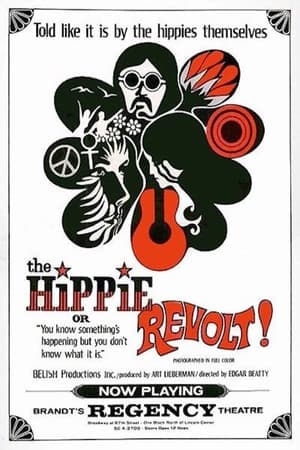 4.2
4.2Something's Happening(en)
A documentary chronicling the "youth movement" of the late '60s on Los Angeles' Sunset Strip and San Francisco's Haight-Ashbury district.
